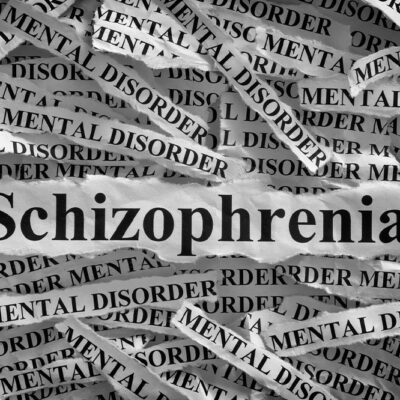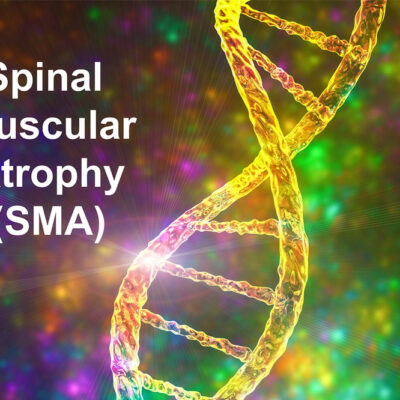
Type 2 diabetes – Avoid these foods to manage the symptoms
Over 130 million people in the country are prediabetic or suffer from either form of diabetes. Type 2 diabetes is the more prevalent form as per these statistics. It is a chronic condition that affects how the body regulates glucose for energy. There is no cure for diabetes. But simple changes in daily nutrition and lifestyle habits along with the use of certain prescriptions can help prevent symptoms from affecting one’s daily routine. Foods to avoid for better diabetes management Any nutritional imbalance impacts the progression of chronic diseases like diabetes. The following foods trigger unexpected changes in blood glucose levels. It is better to avoid eating these foods completely or have them in moderation. Refined carbohydrates Refined starchy foods are the most common forms of carbohydrates consumed daily. The body’s digestive system breaks down all carbs into glucose for energy. However, this poses a problem for people who are already diabetic. Refined foods like white bread, pasta, cereals, crackers, baked goods, and confectionaries are processed quickly by the digestive system. This triggers a sudden release of glucose into the bloodstream and causes an imbalance in blood sugar levels. Artificial sweeteners Added sugars found in sauces, condiments, nectars, sweeteners, syrups, sweets, and flavored beverages contain no nutritional value.





